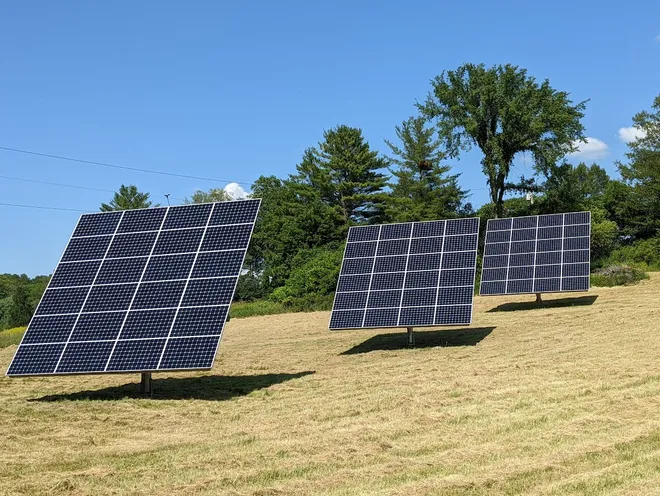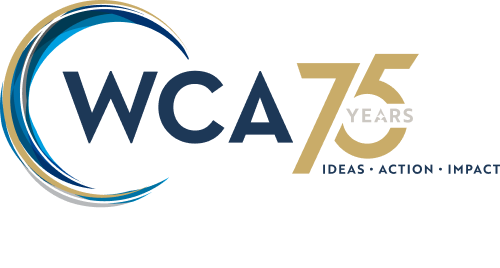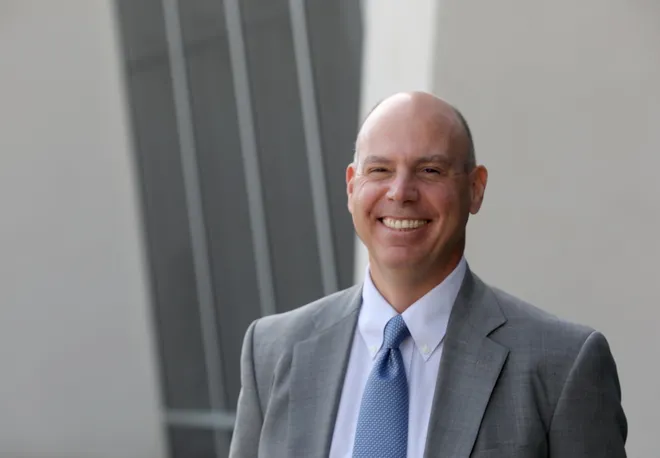With passage of the Climate Action and Community Protection Act of 2019, New York set the most aggressive clean energy targets of any state in the country and embarked upon an historic transformation of the state’s energy complex. The Climate Act requires New York to reduce economy-wide greenhouse gas emissions 40% by 2030 and no less than 85% by 2050 from 1990 levels. But the path is not straightforward. The State’s Climate Action Council, tasked with creating a blueprint for meeting these goals, has concluded that, without new technologies and job innovation, we will not meet these targets.
A major new infrastructure project called Clean Path NY, currently seeking Public Service Commission approval, will change our current trajectory, improve our economy, and move us towards climate neutrality. It deserves our support.
Westchester represents an energy supply chokepoint. County-wide energy costs are amongst the highest in the nation with our regional needs under increasing pressure from the 2021 shuttering of Indian Point (a nuclear facility formerly generating 2,000 megawatts of power for the downstate market) and a continuing natural gas moratorium prohibiting any new firm gas accounts. Earlier this year, the Legislature passed bills prohibiting most types of new construction powered by fossil fuels. Businesses, residents and workers voice justifiable concerns about insufficient power to maintain economic growth and quality of life. Meanwhile, more frequent extreme weather events cost taxpayers billions across the state and have recently hit Westchester with some of the worst flooding in memory.

Clean Path NY is an $11 billion clean energy infrastructure project sited entirely in New York and comprising both solar and wind generation as well as a new clean energy transmission line serving the downstate market. David McKay Wilson
Clean Path NY is an $11 billion clean energy infrastructure project sited entirely in New York and comprising both solar and wind generation as well as a new clean energy transmission line serving the downstate market. It will deliver 7.5 million megawatt hours of renewable energy annually — enough to power more than a million New York homes. It will create thousands of new jobs, catalyze billions of dollars of in-state economic development, and deliver net savings for ratepayers. It will improve air quality by cutting criteria pollutants from electric generation by as much as 20% statewide. And it will cut 49 million tons of carbon dioxide emissions as compared to existing sources of energy. That’s like taking 9 million cars off the road.
This project is a strong public-private collaboration, selected by the New York State Energy Research and Development Authority, in partnership with Westchester-based New York Power Authority, and supported by Gov. Kathy Hochul as a critical component of meeting codified statewide greenhouse gas emissions targets.
The Westchester County Association remains strongly committed to the goals of the 2019 Climate Act and is advocating for the needs of businesses around the issue of energy and sustainability. Via our Clean Energy Portal, we are connecting companies to the financial, legal, and technical resources they will need to make progress. Our annual Profit & Purpose sustainable business conference hosted at Pace Law School convenes hundreds of professional leaders to group discussions and workshops. If Westchester is serious about a clean energy future, it should support Clean Path NY.
Michael N. Romita is president and CEO of the Westchester County Association and a former energy company executive.


